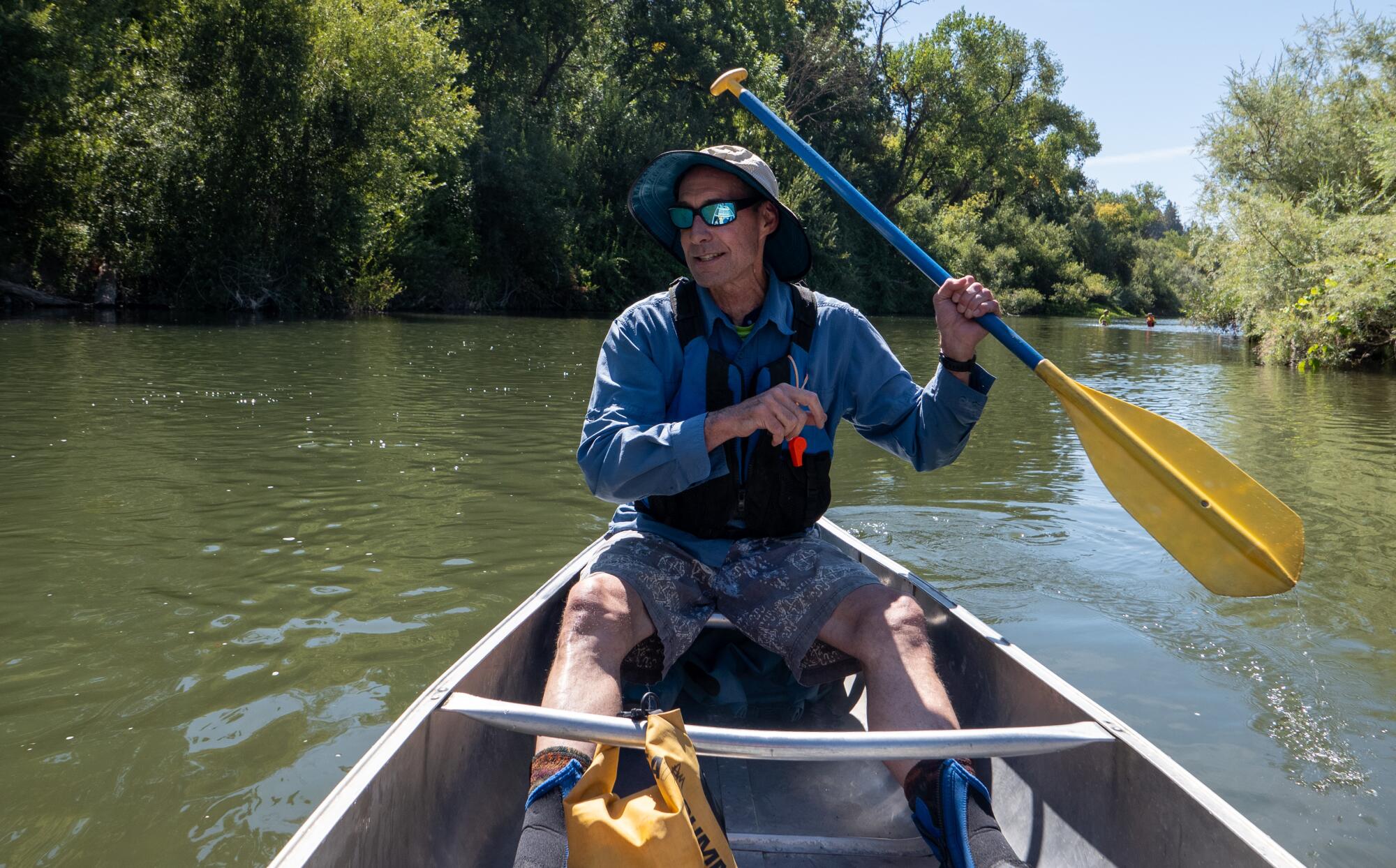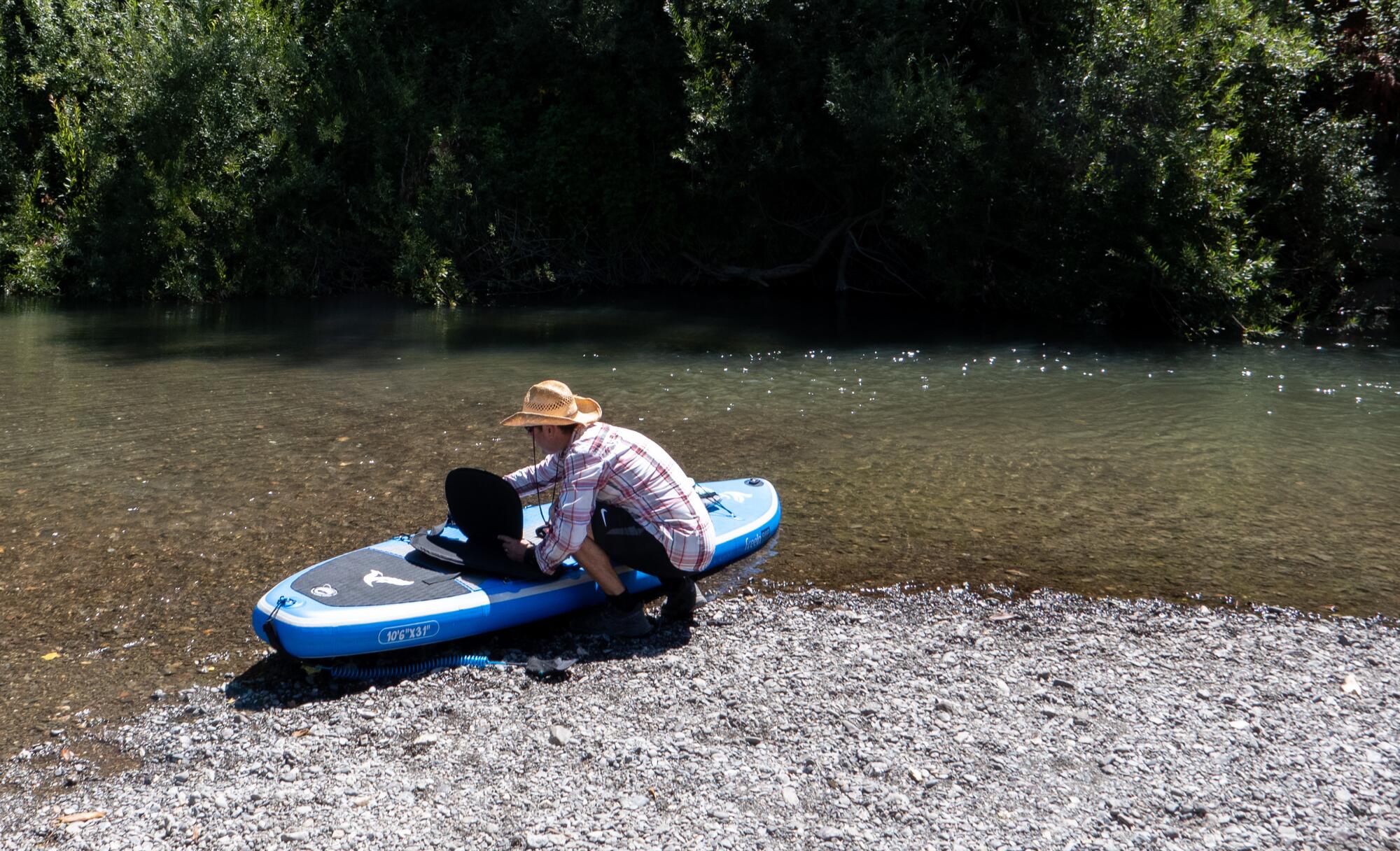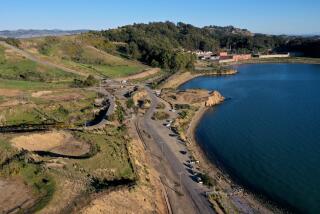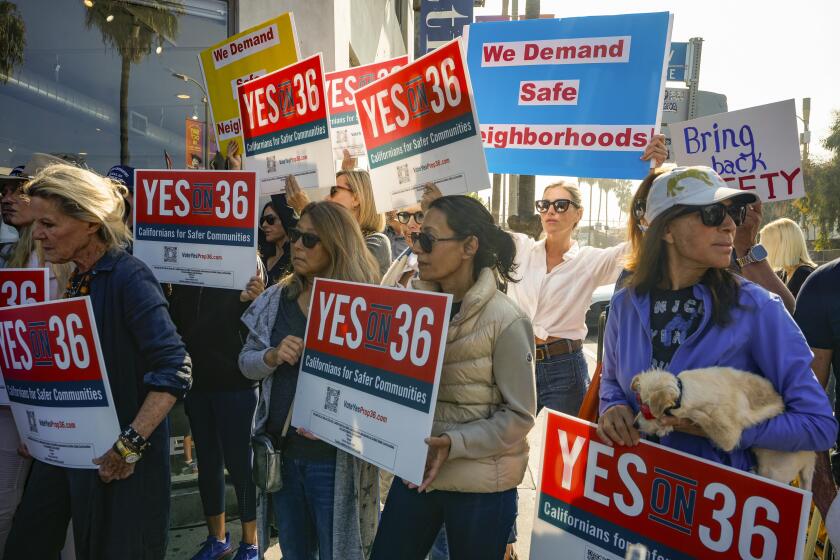
- The Russian River in western Sonoma County has become a battleground over public beach access.
- It’s a river version of disputes over coastal beach access, with fewer movie stars and more inner tubes.
Don McEnhill paddled down the Russian River under late-summer skies, smiling at a heron, admiring a lazily moving river turtle, and generally exuding an air of cheerful relaxation.
Until, that is, he came upon Hacienda Beach, a sun-baked expanse of gravel about five miles east of Guerneville. The beach, like a number of others along this languid Northern California river, was marked as private property, roped off with floating buoys emblazoned with stark red signs warning the public away.
McEnhill piloted his canoe straight into the cordoned-off area, staging an occupation. When he spotted other visitors nervously eyeing the signs, he urged them to proudly occupy the space as well.

“This is a public beach,” he declared to a family day-tripping from outside the area. Ignore the signs, he told them, saying that they’d been put there by a local homeowners’ association trying to “get away with privatizing beaches.”
Somewhat nervously — who was this man emerging from the river making pronouncements about public access? — the family plunked down their towels and began pumping up paddleboards.
McEnhill climbed back into his canoe and continued downriver, on patrol for more beaches he believes have been illegally privatized.
In his capacity as executive director of Russian Riverkeeper, a nonprofit that works to protect the public’s right to clean water, McEnhill monitors a whole range of issues along the river’s meandering 110-mile course, including floodplain restoration, the health of the salmon and permit compliance from the area’s many wineries. But this summer, like a lot of people in western Sonoma County, he has also been wading into a pitched battle over public access to the sometimes rocky, sometimes muddy strips of beach that sit at the water’s edge.
According to state and federal law, many of those beaches are public. But the people who have purchased riverfront property do not always see it that way. Skirmishes have ensued, battles big and small involving private security guards, aggressively lobbed golf balls, surveillance cameras, bolt cutters, beach chairs, among other weapons, as well as reams of legal filings.

Many Californians are familiar with the fights over Pacific Coast beach access that have roiled posh oceanfront communities such as Malibu, Laguna Beach and Half Moon Bay. In those places, homeowners, some of them fabulously wealthy, have sought to keep the public off the sand in front of their properties, despite a state law that says California’s coast is public up to the mean high-tide line.
This is the river version, which features fewer movie stars and surfers, and more turtles and inner tubes.
Under state law, river beaches are public, too, up to something called the “ordinary high water mark.” But unlike the high-tide line on an ocean beach, which is fairly easy to recognize as the spot where the waves stop at high tide, the ordinary high water mark is a more nebulous creature. It doesn’t make itself obvious every few hours with the movement of the tides, and it can change from year to year as the river changes depth and course, fed by streams and winter rains.
This complexity, coupled with the fact that many folks hate the idea of strangers — especially wet, drunk, half-naked strangers on inner tubes dropping empty beer cans in their wake — coming onto what they perceive as their private property, has set the stage for some owners to cordon off land along the river that others argue is rightfully open to public access.

The beach access fights are about property rights, of course. But some here said they are also about something else: Who does this area belong to? The gentle river, the towering redwoods, the fog rolling up from the ocean and down from the tree canopies make for a magical setting beloved by local residents. But it’s also a magnet for tourists, who bring traffic and noise and trash — and the money many local businesses depend on.
“We have so much pressure on the river,” said Sonoma County Supervisor Lynda Hopkins. “It’s a delicate dance. And things feel out of balance.”
The tensions have simmered for years. But lately, a number of factors have brought things to a boil. Western Sonoma County has been stressed by fires and floods, even as the region’s wineries become ever more luxe and draw ever more tourists. The remote work and forced isolation of the COVID-19 pandemic sent wealthy city dwellers streaming into little towns nestled in the forests along the Russian River to buy second homes — and erect fences.
Meanwhile, drawn by Instagram, tourists have also flowed in, meaning there is more traffic on the roads and more bobbing in the river.
Hopkins has been dismayed by the number of fights that have broken out this summer, and said unruly visitors bear their share of the blame. A right to access, she said, is not a right to wander up out of the water into someone’s backyard and do whatever one pleases.
“There are times where the river looks like a parking lot of flotation devices, bank to bank, folks floating down the river,” she said. “We [the public] have the right to access river beaches up to the ordinary high water mark. The challenge is, sometimes there is a culture of lawlessness among visitors — we have so many reports of visitors urinating and defecating on private property, cutting gates with bolt cutters.”
Still, she said, some property owners have gone too far: “We have a lot of places where the public’s right to be on a public trust beach is being violated.”

The first big skirmish this summer was at Hacienda Beach, the strip of gravel that McEnhill urged the visiting family to enjoy despite the signs warding them off.
The Hacienda Improvement Assn., representing scores of homes around a now-defunct golf course, acquired ownership of the beach in 1969. But, according to county officials, a large strip of that beach is below the ordinary high water mark, and therefore open to the public.
This summer, the association began paying security guards to patrol the beach on weekends. That prompted complaints from people who said the association was blocking access not just to the private portion but also to the public area close to the water.

Eventually, Hopkins, the supervisor, warned the association that the beach near the water was public. The security guards haven’t actually removed anyone, both sides said, but their continued presence — along with the no trespassing signs — conveys the idea that the general public can’t hang out on the beach.
“It’s very intimidating,” McEnhill said, even to people who know that, legally, they have a right of access.
Both sides continue to slog it out in Facebook groups, tossing references to high water marks and legal citations from the State Lands Commission back and forth in the comments.
“Just because some lawyer from SF decided to buy a house by the bridge, and set up no trespassing signs doesn’t change the fact it been used by the public for at least 100 years,” one person wrote.
Luke Gause, 38, who lives in Sonoma County, said he can see the issue from both sides.
“You buy a home on the river. It’s tranquil. And then come summer, loads of teenagers, partying,” he said. “I do understand the homeowners that are concerned with the trash and the partying. But this is the Russian River. This is something that all Californians are supposed to be able to enjoy.”
Over the years, Gause added, he has seen more places along the river closed off — the entryways fenced or rendered inaccessible because no parking zones have been established nearby.
“I have four kids, and they’re the third generation on the river,” he said. “I’d hate to see it that they get older and there’s no spots left they can go to.”

As McEnhill continued downriver, he paddled past beaches that everyone agrees are public because they are operated by Sonoma County. Sunset Beach River Park, which has a small parking lot and even an inner tube rental concession, boasts lovely waterfront access. But the parking lot tends to fill up early on summer weekends — and the area near the water can get too packed to accommodate even one more towel.
When that happens, empty spits of land in front of people’s houses can seem oh-so-attractive.
Past Sunset Beach, the river looped and the grapevines marching in neat rows across the landscape gave way to cliffs bearing vacation homes perched at precarious angles. A broad swath of beach — bursting with red, blue, orange and yellow umbrellas and all manner of rafts, paddleboards, tubes and toys — hugged the river below. It was as if an invisible hand had scooped up a chunk of the French Riviera and tossed it at the water’s edge.

This was Summerhome Park, a private beach for residents only. The area is so inaccessible — reachable only by a private bridge — that though the beach was nearly empty, clearly no one was worried about their gear being stolen.
McEnhill paddled past it. The beach there sloped sharply down, he noted, meaning that much of it was above the ordinary high water mark. Instead, he docked his canoe at another beach downstream. Up the hill, the entrance to this beach was blocked by a gate marked with a big white sign that read: “PRIVATE BEACH ACCESS. NO TRESPASSING.”
McEnhill conceded that the path to the beach was private, as it traversed private property. But much of the beach itself, he said, was fair game. He plunked down and, using his life jacket as a seat cushion, pulled out a sandwich and enjoyed the view.
No one questioned him.

After lunch, it was back into the canoe, paddling through a section of river where the ground rose steeply from the water, leaving no room for beaches of any kind. The trees hung over the river here, creating dark pools of shade. A blue heron stood in the shadows, its head cocked. Somewhere above, an unseen musician played a saxophone, the notes wafting out across the green water.
McEnhill paused to listen, then continued west to Odd Fellows Beach, which sits below property owned by the Odd Fellows Recreation Club. Years ago, McEnhill said, the club used to chase people off its sunny beach. But after Russian Riverkeeper and others intervened, he said, the club now allows people to pull up via boat or inner tube.
From there, McEnhill’s river tour encompassed some of the most bitter battles over beach access. He passed through Guerneville, a onetime logging town that’s become a mecca for gay artists.
Guerneville has Johnson’s Beach, a resort started in 1918 by Gertie and Ernie Johnson. These days, parking is $7 per car, and beach chairs, umbrellas and kayaks are available for rent.

But when Johnson’s gets crowded, some locals head further downriver, to Vacation Beach.
Some residents say they have accessed a beach there, a sloping oasis on the south side of the river, for years. Paths lead from the road down to the beach. But several years ago, according to residents, the owners of one of the properties on the river erected a “no trespassing” sign blocking access from their land.
One of the neighbors, John Harreld, objected, and after a conversation with his neighbor that Harreld said he found unsatisfying, he began an occupation campaign.
“Myself and another neighbor would just go down there and have our coffee pretty much every morning. It became a ritual,” he said. “Just to be there and occupy it.”
The occupation did little for neighborly relations, Harreld conceded.
The owners of the property declined to comment on the record.

Eventually, the dispute wound up with the California State Lands Commission, which determines whether land along rivers lies above or below the high water mark, and thus whether it is open to the public.
After a preliminary survey, the agency said, effectively, that the public did have access rights. Then, a few years later, after reviewing additional topographical surveys, the agency ruled that the public did not. A fence has since been erected.
McEnhill ended his tour there, the river flowing on without him.
His day of beach occupations had passed mostly without conflict. In part, that’s because it was a relatively uncrowded weekday. But perhaps another reason, he said, was that he had been polite and respectful, a model visitor just out to enjoy the splendor. He had even removed several pieces of trash along the way.
“If people just wouldn’t be jerks,” he said, “there would be so many fewer problems in the world.”
For the last two decades, the Sutter Buttes have been home to a California state park that almost no one is allowed to visit.
More to Read
Subscriber Exclusive Alert
If you're an L.A. Times subscriber, you can sign up to get alerts about early or entirely exclusive content.
You may occasionally receive promotional content from the Los Angeles Times.













